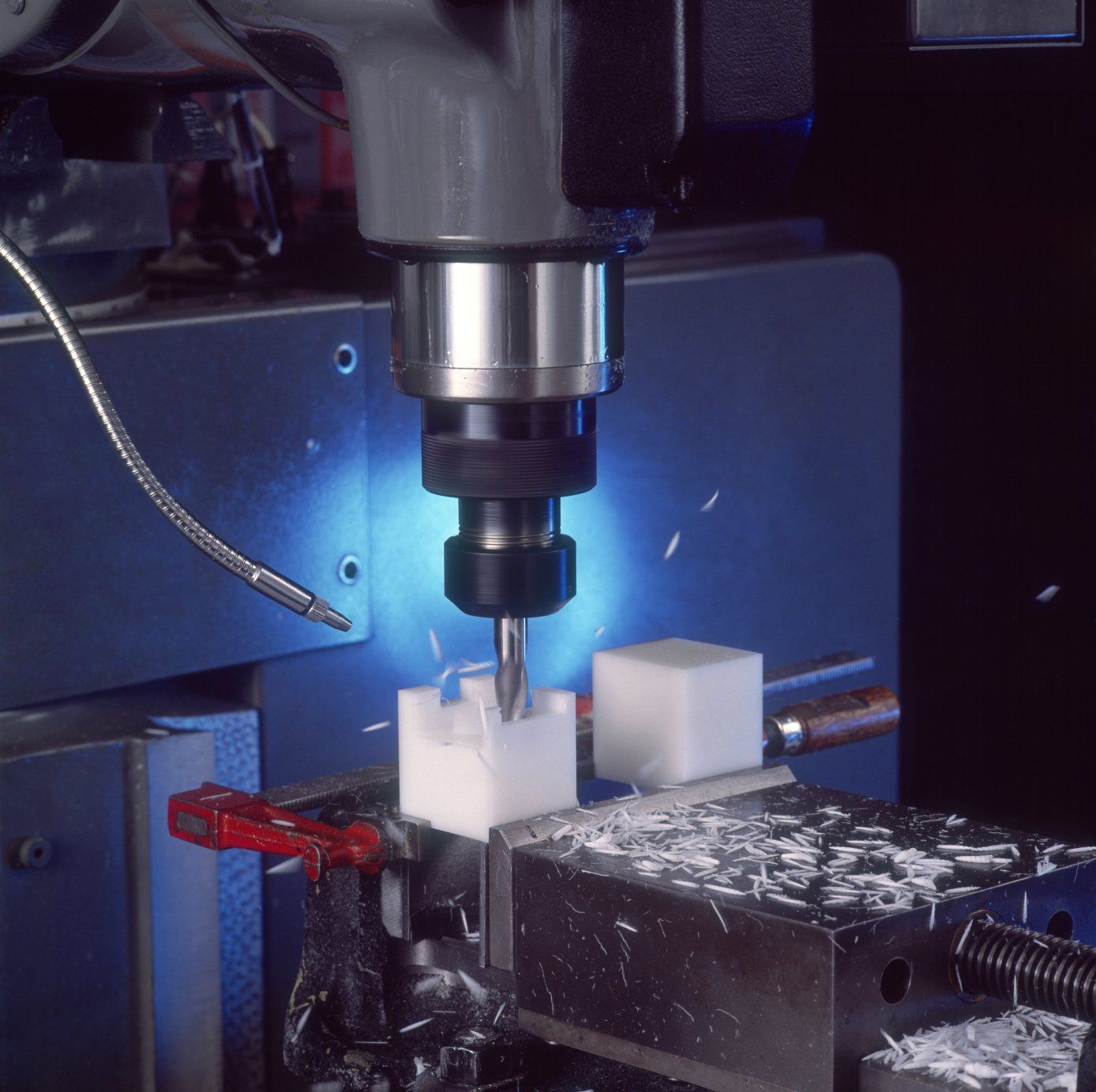Materials Testing and Lean | VA Innovation
Welcome to VA Innovation, your trusted partner for efficient, streamlined materials testing solutions using lean principles. In today’s fast-paced world, reducing waste, maximising efficiency, and delivering high-quality results quickly is essential, especially in materials testing. Lean methodologies help cut unnecessary steps, save resources, and enable higher-quality testing.
Here, we’ll explore how applying lean thinking to materials testing can benefit your business, with real-world examples and actionable steps.
What is Lean Testing?
Lean testing is a systematic approach focused on optimising testing processes to deliver high-quality results with minimal waste. Originally popular in software testing, lean principles also benefit materials testing by:
- Reducing waste in testing processes.
- Prioritising critical functionalities to focus on what matters most.
- Accelerating time-to-market by eliminating unnecessary steps.
By concentrating on essential tasks and continuously improving processes, lean testing enables teams to deliver more value with fewer resources. This approach aligns perfectly with today’s need for agility and efficiency.
Why Apply Lean to Materials Testing?
Materials testing is crucial in quality assurance, ensuring that products meet safety and reliability standards. Applying lean principles to materials testing makes processes more efficient, saving time and resources.
Here’s how lean testing can enhance your materials testing strategy:
- Faster response times to meet customer needs and adapt to changes.
- Streamlined workflows that reduce bottlenecks and simplify processes.
- Cost-effective use of resources by focusing only on essential tests.
In essence, lean testing in materials testing is about focusing on high-impact, relevant tests and eliminating unnecessary steps to deliver timely, quality results.
Real-Life Impact: Lean Testing Case Study
One of our clients, a multinational corporation in the materials testing sector, faced recurring operational issues that affected their bottom line and brand reputation.
With the help of VA Innovation’s Lean Six Sigma Root Cause and Corrective Action Program, the corporation saw:
- A 60% reduction in daily operational issues, especially in persistent areas like supply chain management.
- Improved customer satisfaction with a 10% increase in their Net Promoter Score (NPS) globally.
- Significant cost savings through streamlined operations, reinvested into other key business areas.
By applying lean methodologies, we helped this corporation achieve sustainable improvements in efficiency, customer satisfaction, and operational costs. This case highlights how lean testing can make a measurable difference.
Key Principles of Lean Testing in Materials Testing
Applying lean principles to materials testing involves several key strategies:
1. Eliminating Waste in Testing Processes
Lean testing’s core principle is to remove waste. In materials testing, waste might include:
- Overprocessing: Conducting more tests than specifications require.
- Waiting time: Delays in processing or receiving results.
- Overproduction: Redundant tests that don’t add value.
By eliminating inefficiencies like these, teams can focus on what directly contributes to quality and customer satisfaction.
2. Prioritising High-Value Tests
Prioritising high-value tests helps companies target essential functionalities and user needs. In materials testing, this could mean:
- Focusing on critical tests that verify essential properties.
- Designing tests that simulate real-world use scenarios for accurate results.
This ensures that testing efforts are allocated effectively, enhancing both quality and customer satisfaction.
3. Continuous Improvement and Adaptability
Lean testing requires ongoing refinement. In materials testing, continuous improvement could involve:
- Reviewing test processes regularly to identify areas of waste.
- Adapting tests based on feedback or new data from previous rounds.
- Implementing feedback loops to refine and improve the testing process over time.
This approach keeps testing agile and responsive, especially in dynamic business environments.
Benefits of Lean Testing in Materials Testing
Incorporating lean principles in materials testing offers several clear advantages:
- Enhanced efficiency: Streamlining workflows reduces waste, allowing resources to focus on impactful areas.
- Faster time-to-market: By minimising unnecessary steps, lean testing accelerates the testing process.
- Higher customer satisfaction: Lean testing’s focus on quality and relevance leads to results that meet or exceed customer expectations.
- Cost savings: By eliminating redundant processes, companies save on materials, equipment, and manpower.
How VA Innovation Can Help
At VA Innovation, we’re specialists in applying lean methodologies across various testing processes, including materials testing.
We partner closely with your team to:
- Identify waste and inefficiencies.
- Develop streamlined workflows that focus on high-impact tests.
- Implement continuous improvement strategies for adaptable, responsive testing.
Our goal is to help you achieve lean, efficient, and effective testing that aligns with your quality standards and enhances customer satisfaction.
FAQ: Materials Testing and Lean
Q1:
What are the key principles of lean testing in materials testing?
Lean testing in materials testing involves waste elimination, focusing on high-value tests, and fostering continuous improvement. These principles aim to make testing processes efficient, cost-effective, and customer-focused.
Q2:
How does lean testing improve efficiency in materials testing?
Lean testing improves efficiency by eliminating unnecessary steps and focusing resources on essential tests. This reduces both time-to-market and operational costs.
Q3:
Is lean testing suitable for all types of materials testing?
Lean testing is adaptable and can be applied to most types of materials testing, particularly in sectors where efficiency and cost-effectiveness are priorities. However, specific adaptations may be needed for high-compliance industries.
Q4:
What are the differences between lean testing and traditional testing?
Traditional testing often covers extensive test scenarios without prioritising impact, while lean testing targets essential functions to minimise waste and enhance agility. Lean testing also encourages continuous improvement, unlike the sequential nature of traditional testing.
Q5:
Can lean testing in materials testing be automated?
Yes, combining lean testing with automation can increase efficiency by reducing manual effort on repetitive tasks. Automation allows teams to focus on high-value areas and ensures consistent results.
FAQ: VA Innovation
Q1: Who is VA Innovation?
VA Innovation is a UK-based consultancy specialising in lean methodologies and process improvement across various industries. We help businesses optimise workflows, reduce waste, and improve efficiency.
Q2: What services does VA Innovation offer?
We offer consultancy services focusing on Lean Six Sigma methodologies, including process optimisation, waste reduction, and employee training in continuous improvement.
Q3: How can VA Innovation assist with materials testing?
We apply lean principles to materials testing, helping businesses reduce waste, streamline processes, and improve testing efficiency to deliver faster, higher-quality results.
Q4: How does VA Innovation support continuous improvement?
VA Innovation offers ongoing support through customised improvement plans, regular performance reviews, and employee training in lean methodologies to ensure sustainable results.
Q5: Can VA Innovation's services be adapted to other industries?
Absolutely. VA Innovation’s lean and Six Sigma methodologies can be tailored to various sectors, from manufacturing to services, ensuring measurable improvements across different business contexts.
Take Action
Ready to elevate your materials testing with lean principles? Contact VA Innovation today to learn how our expertise in lean testing can transform your operations, reduce waste, and improve quality.


